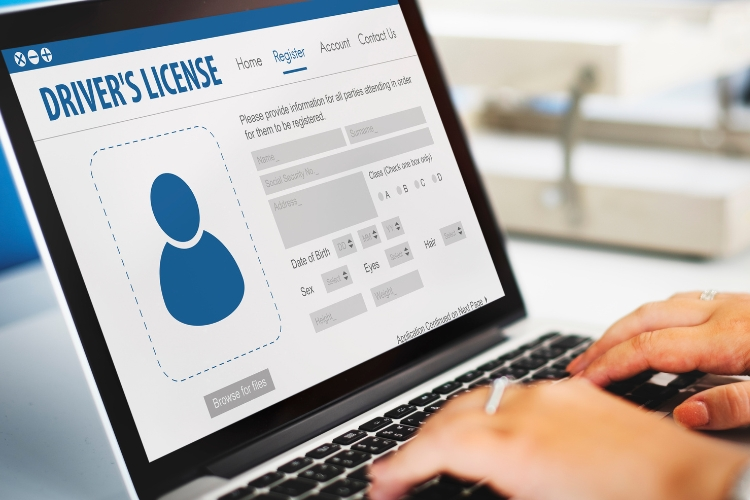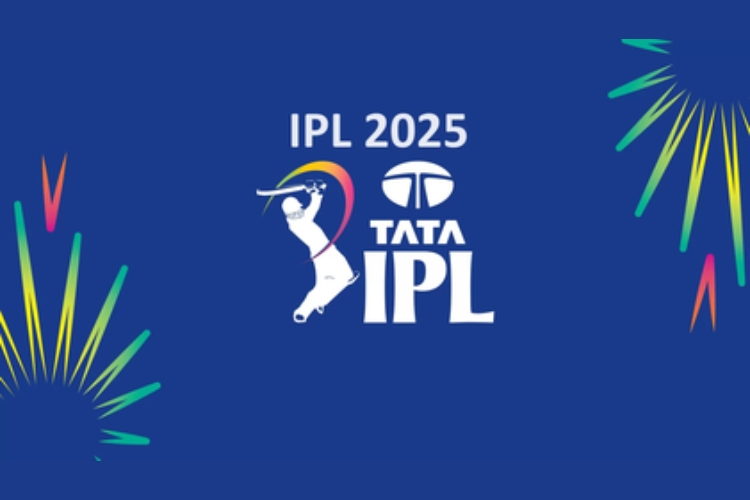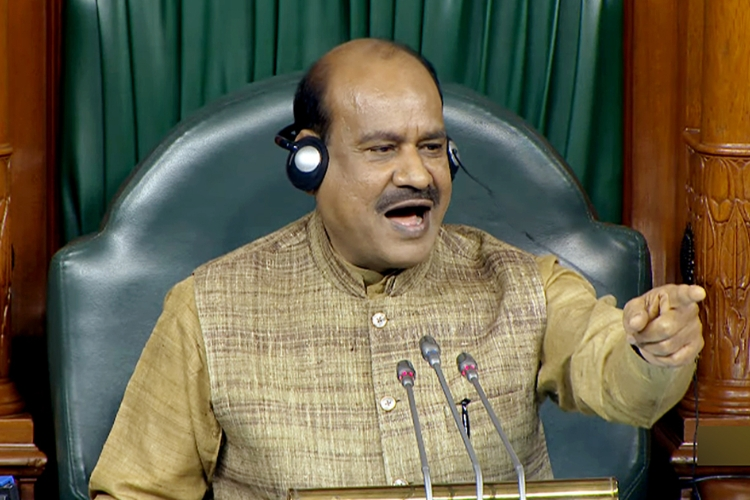Becoming a driving licence holder in India has been the most difficult task involving multiple visits to the Regional Transport Office (RTO) and an excess of paperwork. Since June 1, 2024, epic reform has been undertaken by the Ministry of Road Transport and Highways to ease the whole issuing procedure. Read on for everything you need to know to adopt this new system smoothly.
Say Goodbye to RTO Driving Tests
Some of the changes that stand out are the scrapping of tests at the RTO on a mandatory basis. You can now have your driving test done in government-accredited private driving institutes. Having passed the test, the driving institute shall issue a certificate for applying for a driving licence, complete with the RTO. This proposal is meant to ease congestion at the RTO and facilitate quicker licensing.
The application has been made more user-friendly as follows:
Application Process: Parivahan Sewa is an online portal to fill out the application. Choose your state, then from the menu select New Driving Licence, and proceed as directed. The process will require your Learner's Licence Number and Date of Birth.
Documents: The number of documents that must be submitted has been reduced and applied for in different documents, depending on whether applying for a two-wheeler or four-wheeler driving licence, thereby killing two birds with one stone by Convention and Transport.
Stricter punishment for offenses
Penalties have been tightened to promote road safety:
Driving a Vehicle without a Licence: Punishable with a fine of up to ₹2,000.
Minimum Age Limit: The penalty for driving by a minor is ₹25,000, and a cancellation of the vehicle registration certificate. It is also noted that the minor will not be eligible for a driving license until he/she attains 25 years old.
Environmental Initiatives
The government will phase out 9,000-odd old government vehicles for pollution reduction and tighten up emissions standards since these schemes also promote road use by electric vehicles for a better environment.
Guidelines for Private Driving Schools
Private driving schools that are now empowered to conduct driving tests will also have to conform to the following standards:
Infrastructure: Minimum of one acre of land for training grounds (two acres for four-wheeler training).
Qualified Trainers: Trainers should have a minimum of five years of driving experience, a high school diploma or its equivalent, and should know about biometrics and computer systems.
Comprehensive training: The light motor vehicle driver has to undergo a 29-hour course spread over four weeks comprising theoretical and practical classes.


.webp)




